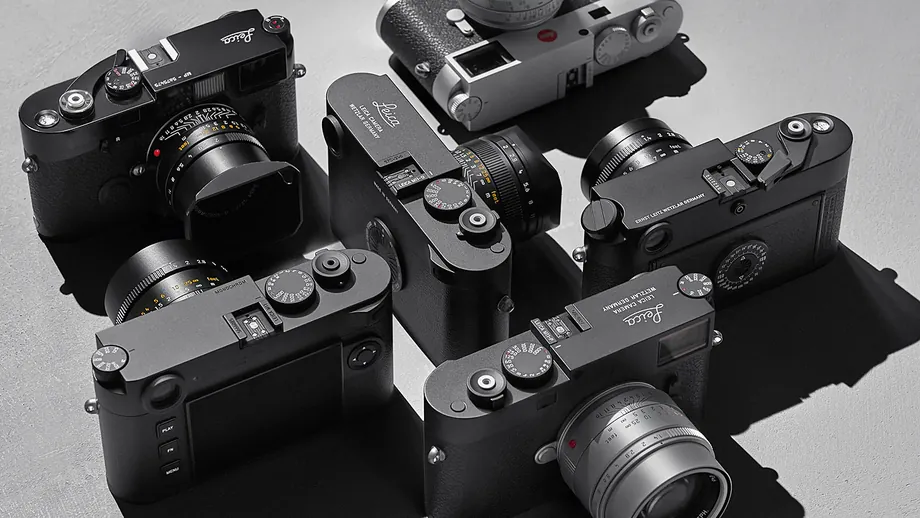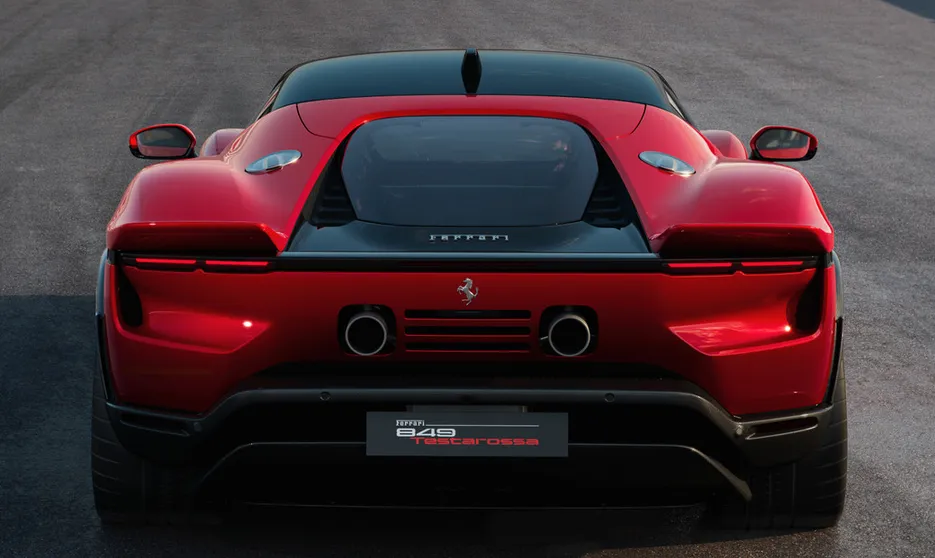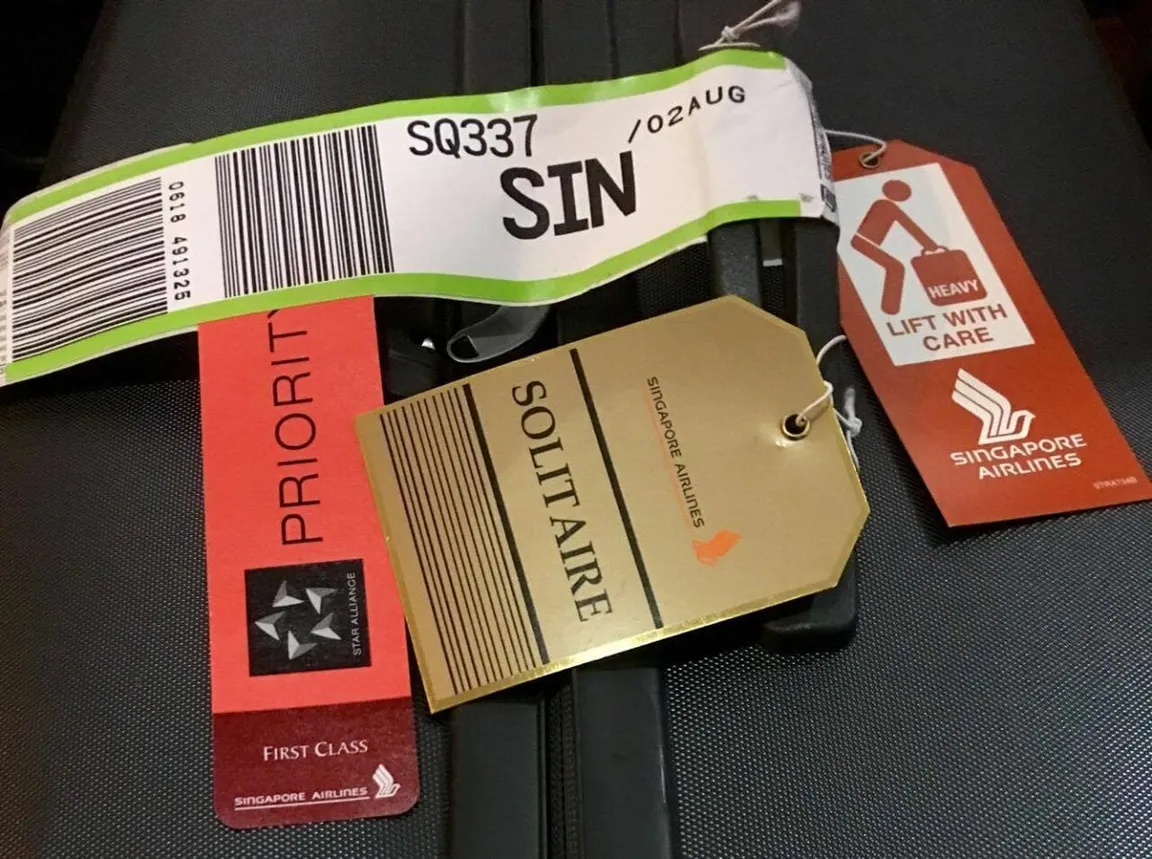When I began my career more than two decades ago, I knew my work would involve plenty of travel.
And I knew exactly what I wanted for the journey: a Rimowa briefcase.
Silver aluminium. Two compartments.
A design that stood out like an Airstream trailer—distinctive, streamlined, and unmissable.
It wasn’t just a practical tool; it was a statement of intent.
Even today, I still travel with Rimowa. The suitcase in the photo has crossed countless runways, sat in the boots of taxis, and rolled down endless hotel corridors—and it’s still going strong. That’s the thing with great design and craftsmanship: it doesn’t date, it endures.
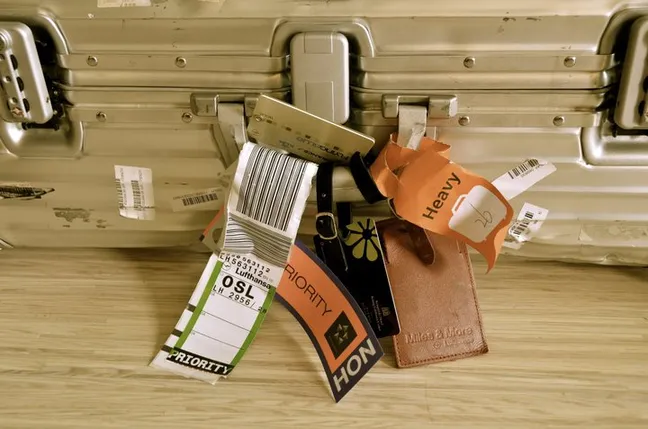
A Century-Old Brand with a Modern Edge
Founded in Cologne in 1898, Rimowa built its reputation on grooved aluminium shells—pioneering a style that became instantly recognisable in airports worldwide.
In 2000, the brand took another leap, introducing the world’s first polycarbonate suitcase, setting new standards for lightweight durability.
The next milestone came in 2017, when Rimowa became the first German Maison to join the LVMH group. That move marked the beginning of a new chapter—transforming from a premium luggage maker into a broader luxury lifestyle brand.
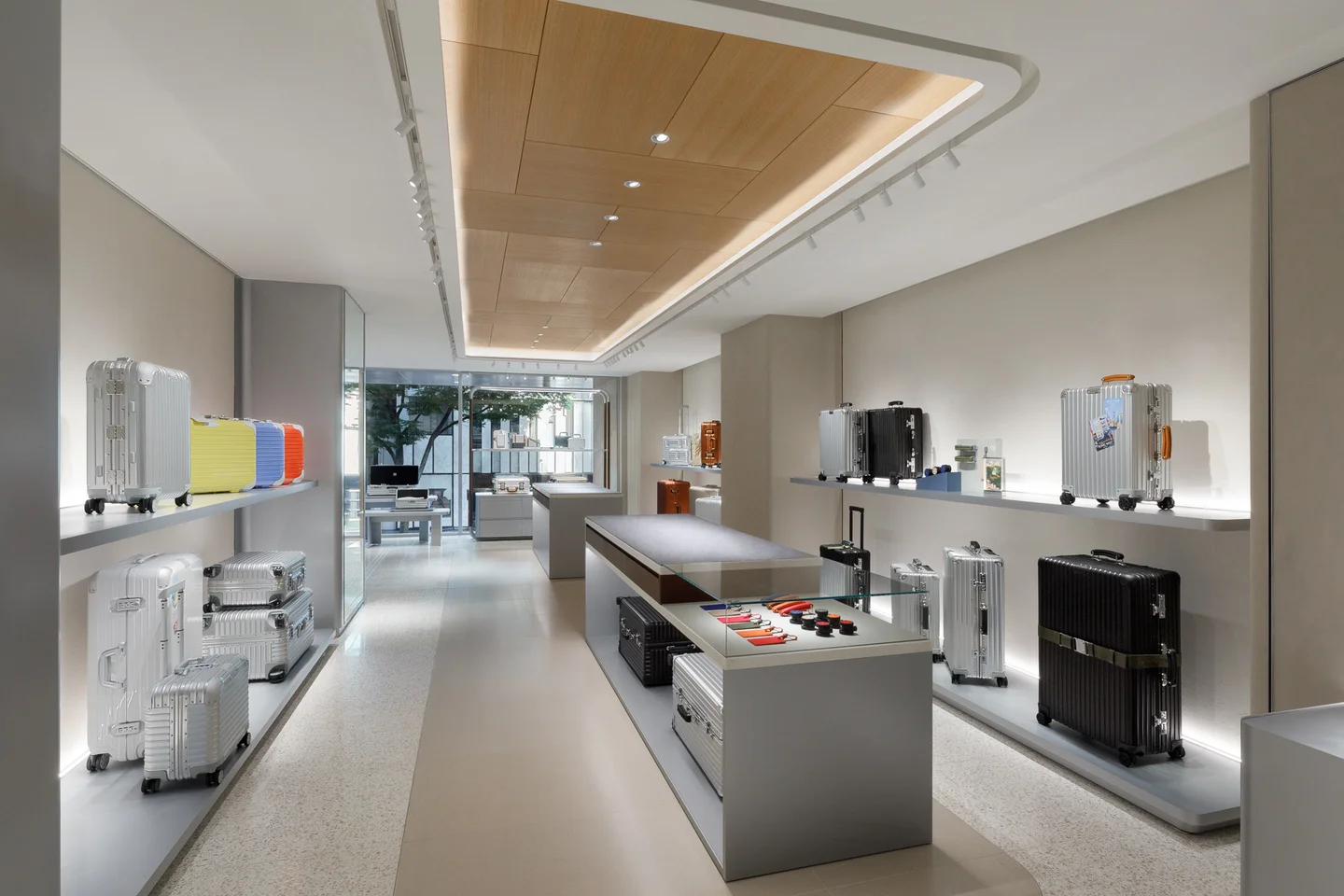
More Than Just Luggage
Today, Rimowa’s product universe extends beyond travel cases to bags, accessories, and even a certified second-hand programme. The brand offers:
- A lifetime guarantee on new suitcases
- Personalisation options, including in-store hot stamping
- Full-service care counters and repair facilities in flagship stores
This isn’t just about selling more—it’s about deepening the brand’s relevance and value to its customers. The strategy taps into a truth about modern luxury: the purchase is just the beginning of the relationship.
Rimowa in Asia: A Brand Beyond Transit
Across Asia, Rimowa has evolved into one of the region’s most recognisable lifestyle brands. Yes, it’s carried by frequent flyers, but it’s equally present among those who value quality, design, and personal identity.
Here, a Rimowa suitcase is not only a piece of travel gear—it’s part of your presence. It signals belonging to a community that values both function and form.
The Nagoya Boutique: A Case Study in Modern Luxury
One of the clearest examples of Rimowa’s evolved strategy is its new boutique in Nagoya, Japan.
- Location: Sakae, Nagoya’s luxury district
- Design: 190 sqm, built around natural light, clean lines, and tactile contrast
- Integration: Combines Japanese architectural elements with Rimowa’s signature grooved design
Upstairs, you’ll find:
- A full customer lounge
- Two dedicated repair counters
- A personalisation stamping station
These aren’t hidden in a back room or outsourced—they’re front and centre, reinforcing the brand’s commitment to service visibility.
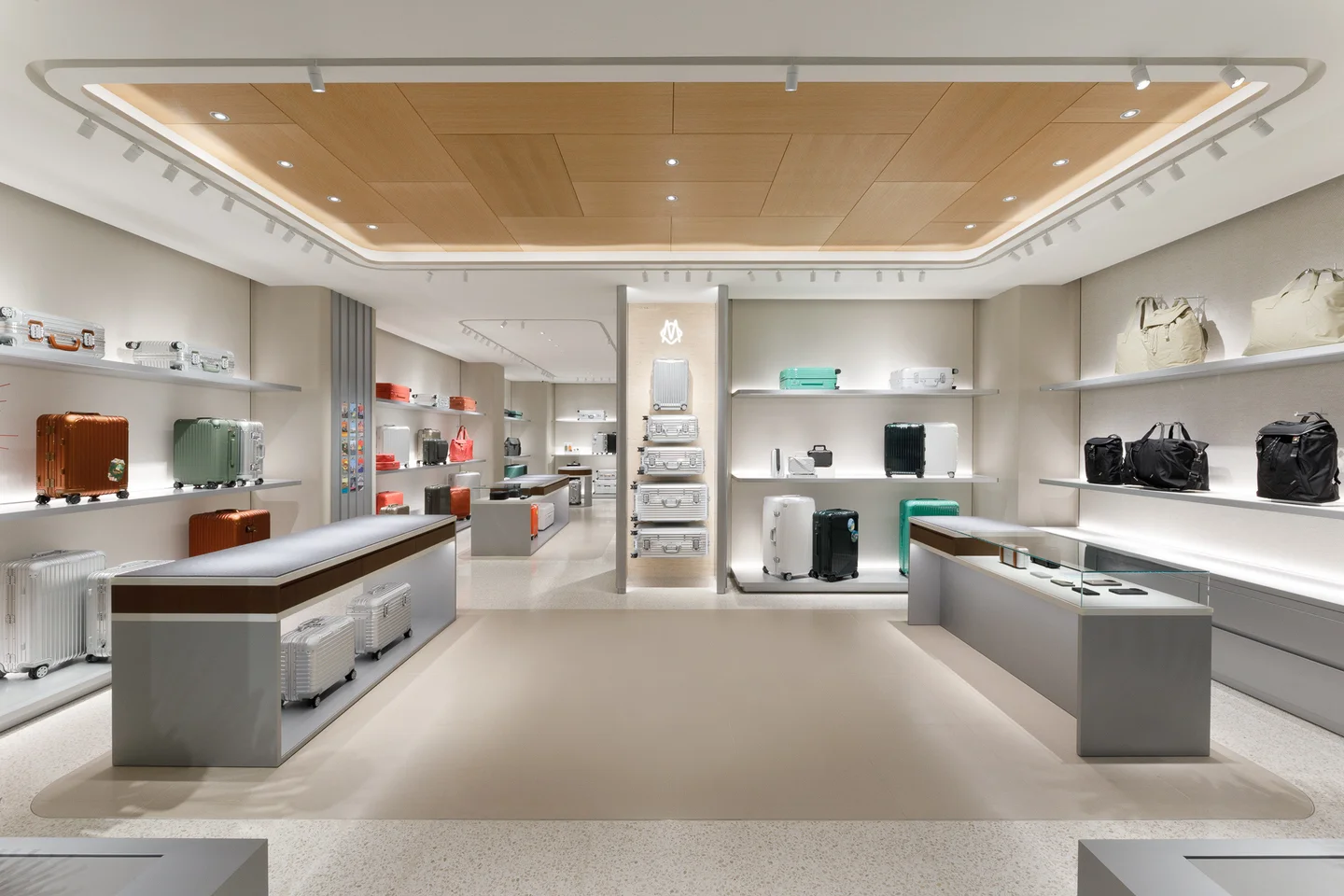
Luxury today is as much about service you can see and options you can touch as it is about the product itself. Rimowa’s approach blends product excellence, retail experience, and emotional relevance into a single, coherent brand expression. Its journey shows how a brand can evolve from a specialist product maker into a broader cultural symbol—without losing its core identity. The question for any brand today is: how do you extend your story without diluting its meaning?



